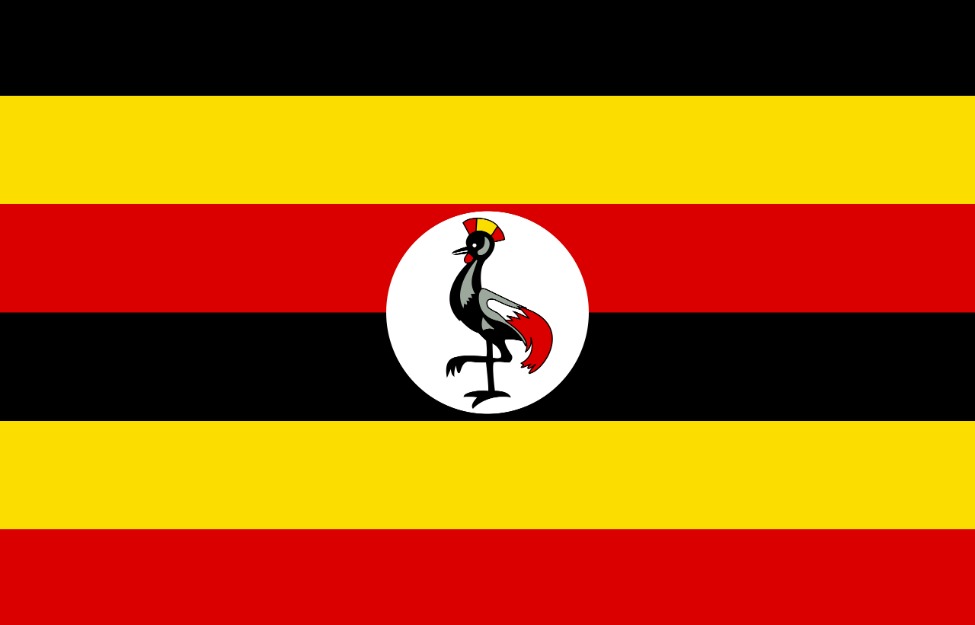Country
Uganda
The Girls' Education Challenge (GEC) had four projects working in Uganda which improved learning opportunities and outcomes for 55,356 of the country's marginalised girls.
Projects
Empowering Girls with Disabilities in Uganda through Education - implementation completed March 2024
The Empowering Girls with Disabilities in Uganda through Education project supported 2,060 girls and was implemented by Cheshire Services Uganda (CSU).
There were significant barriers for students with disabilities in the communities the projects worked in. Learning materials were not appropriately adapted, teachers were not equipped with the appropriate knowledge and skills in inclusive education, and school facilities such as toilets and classrooms were generally difficult to access. High levels of poverty added an additional barrier, and many parents were unable to pay for fees and learning materials. In addition, cultural attitudes placed lower value on the education of children with disabilities than their peers. Combined, these factors resulted in poor attendance, high dropout and low learning outcomes for girls with disabilities.
The project addressed these barriers and improved learning and life skills outcomes by mitigating the direct and indirect costs of education, which included the provision of learning material and the payment of school fees. They worked with school leaders, teachers and government partners to make the school environment, and teaching and learning processes, more inclusive. The project also worked with communities and parents to improve attitudes and behaviours towards girls with disabilities, and their capacity to support their education.
Girls' Education Finance: Empowerment for Girls' Education - implementation completed August 2020
The Girls' Education Finance: Empowerment for Girls' Education project supported 28,898 girls and was implemented by Opportunity International UK.
The cost of education – including school fees and other school-related costs - is the main barrier to enrolling and staying in school for the poorest learners in Uganda. In project communities, girls were more likely to be out of school than boys. The project found that factors hindering learners’ progress were poorly trained teachers, high teacher absenteeism, and a lack of teaching and learning material. Additional barriers specific to girls included teenage pregnancy, early marriage, low value placed on girls’ education, child labour, sexual abuse and unsafe schools.
The project worked with 2,610 households and 132 affordable private schools to tackle these economic and social barriers to girls' education. It reduced absenteeism and drop-out rates by providing tailored savings and school fee loans to girls and their families to help meet the cost of education. It improved the learning environment through work with school governance, teachers and school cluster groups. It also ran Girls’ Clubs which aimed to provide girls with relevant financial education and life skills that would ultimately enhance girls’ protection and education outcomes.
GEARR-ing Up for Success After School - implementation completed March 2021
The GEARR-ing Up for Success After School project supported 13,475 girls and was implemented by PEAS (Promoting Equity in African Schools).
The project supported marginalised girls and communities that live in poverty and lack access to secondary schools. In these communities, poor education services combined with economic constraints, and negative cultural attitudes to girls’ education, was resulting in poorer education outcomes for girls than boys. Other factors that hindered girls’ progress in school included early pregnancy, long distances to schools, menstruation, a lack of gender-sensitive sanitation and hygiene facilities at school, poor quality education, and gender bias and stereotyping in teaching practices.
The project made quality education more accessible to marginalised girls through the establishment of 28 schools, and ensured girls left school with functional literacy, numeracy and relevant life skills. School leaders and teachers were equipped to deliver quality education and to support girls’ transition to further education. The project also worked with families and communities to ensure negative cultural and social norms were addressed.
The Building Girls to Live, Learn, Laugh and ‘SCHIP’ project supported 10,923 girls and was implemented by Viva/CRANE.
In project communities, the cost of education was the main barrier to girls enrolling and staying in school. Negative social norms that place more value on girls’ role in the domestic sphere than their education meant that girls were more likely to be out of school than boys. Other factors pulling girls out of school was early marriage and early pregnancy – both often marked the end of a girl’s education. Access to schools and long distances was an issue, particularly for rural and remote communities. A lack of teaching and learning resources in school, poorly trained and poorly paid teachers, and a lack of protection mechanisms in schools also impacted negatively on girls’ learning.
The project improved marginalised girls’ literacy and numeracy skills, life skills and safety outcomes. It focused on improving school governance and management and on strengthening links between the school, community and local government to keep children safe and improve learning. Life skills, career development and vocational training were provided, as well as catch-up classes and learning assistance in literacy and numeracy through Creative Learning Centres (CLCs). Learning Support Teachers who were placed at schools to support girls’ learning when they transitioned from the CLC to formal schools.
